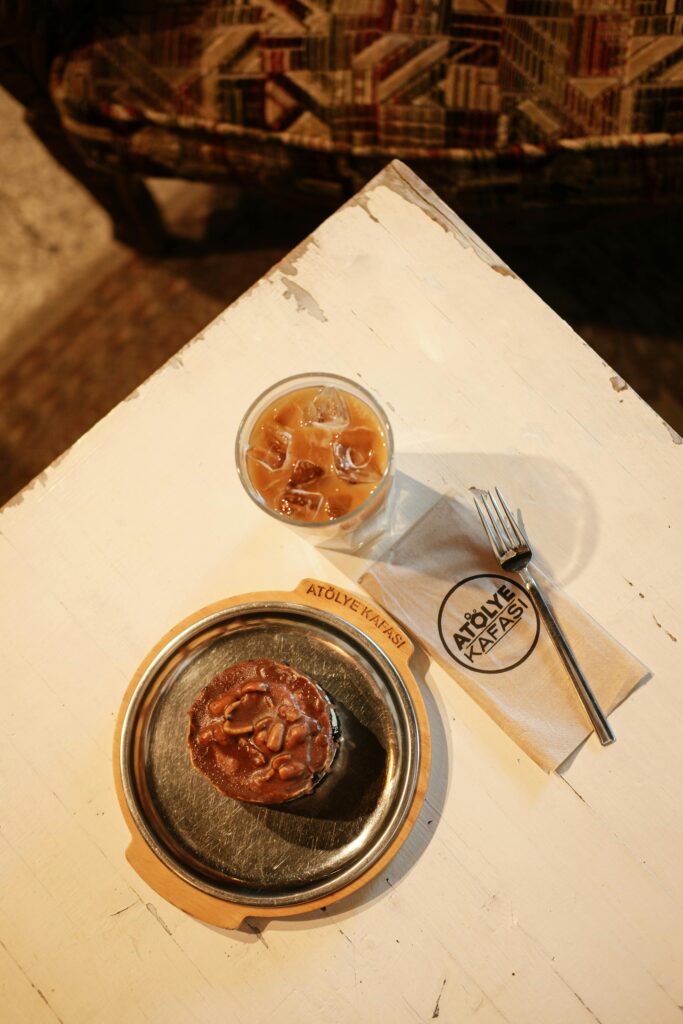Have you ever found yourself staring longingly at your freezer, impatiently waiting for those ice cubes to be ready? Whether you’re planning a summer party or just craving a cold drink after a hot day, understanding the dynamics behind freezing time can be quite useful.

The Science Behind Freezing Water
First things first, let’s talk a bit about the science. When you place a tray of water in the freezer, you’re initiating a transformation process. Water molecules slow down as the temperature drops, eventually locking into a crystalline structure to form ice.
The freezing point of water is 0°C or 32°F. But reaching this point isn’t instantaneous; it depends on various factors such as temperature, water volume, and even the composition of the water itself. Ice formation is a fascinating process governed by the laws of thermodynamics, bringing science right into your kitchen.
Factors Influencing Freezing Time
Temperature
Naturally, the internal temperature of your freezer plays a crucial role. Most standard home freezers operate at around -18°C or 0°F. Colder settings will freeze water faster, but remember that home freezers are typically set to balance efficiency and energy consumption.
Volume of Water
The amount of water you’re trying to freeze also matters. Smaller amounts will freeze more quickly than larger quantities. Keep this in mind if you’re using large containers versus a standard ice cube tray.
Water Composition
Believe it or not, the type of water you use can affect freezing time. Tap water may have impurities that can slow down freezing, while filtered or distilled water generally freezes faster.
Average Time to Freeze
So, how long does it usually take for ice cubes to freeze in a standard freezer? The general consensus is that it takes about 3 to 4 hours. However, this is a rough estimate and can vary based on the aforementioned factors.
| Factor | Impact on Freezing Time |
|---|---|
| Freezer Temperature | Lower = Faster |
| Volume of Water | Less = Faster |
| Water Composition | Fewer impurities = Faster |
Optimizing Freezing Time
Knowing the general time frame is one thing, but what if you’re in a hurry? Let’s explore some methods to speed up the process.
Pre-Chilled Trays
Using pre-chilled trays can save you a bit of time. The concept here is simple: less initial heat means quicker freezing. You can keep your ice tray in the freezer so it’s already cold when you pour in the water.
Smaller Compartments
Using ice trays with smaller compartments can significantly reduce the time needed to create ice. Smaller quantities of water freeze more rapidly due to their higher surface area-to-volume ratio, which speeds up heat transfer.
Surface Area Importance
You could opt for ice trays that maximize surface area. Trays that create smaller or thinner ice cubes—like those designed for crushed ice or specialty cocktails—allow faster heat diffusion and shorter freezing times.
Tips For Faster Freezing
There are a few more tricks up your sleeve if you’re looking to hasten the freezing process even further.
Hot Water Trick
Contrary as it may sound, using hot water can actually speed up freezing. Known as the Mpemba effect, this phenomenon occurs because hot water evaporates more quickly, reducing the volume and concentrating minerals, thus freezing faster.
Use Metal Trays
Metal trays conduct cold more efficiently than plastic ones, allowing the water to reach freezing temperatures more swiftly. Reusable metal trays might be a smart investment if speed is a priority for you.
| Method | Benefit |
|---|---|
| Pre-chilled trays | Faster initial cooling |
| Smaller compartments | Shorter freezing time |
| Hot water trick | Uses Mpemba effect |
| Metal trays | Better heat conduction |
Potential Freezer Issues
If you find that your ice is still taking too long to freeze, there could be several underlying issues with your freezer.
Overloaded Freezer
An overstuffed freezer can impair air circulation, affecting its ability to maintain a low temperature. Ensure there’s enough space for air to move around freely.
Inefficient Seal
A worn-out or damaged freezer seal can lead to temperature fluctuations, making it harder for water to freeze efficiently. Inspect the seal and replace it if necessary.
Defrosting Mechanism
Freezers have a defrosting mechanism to prevent ice buildup, which can temporarily raise the temperature. If your freezer is consistently slow, check if the defrosting feature is functioning correctly.
| Issue | Solution |
|---|---|
| Overloaded Freezer | Remove unnecessary items |
| Inefficient Seal | Repair or replace the seal |
| Defrosting Mechanism | Ensure it’s working correctly |
Additional Uses for Ice Cubes
Once you have your perfectly formed ice cubes, what can you do with them besides chilling drinks? The possibilities are endless!
Culinary Uses
Ice cubes can help in various culinary tasks. For instance, you can use them to quickly cool down soups or sauces, or even to keep vegetables crisp during storage.
Beauty Routine
Ice cubes are also fantastic in your beauty regimen. They can reduce puffiness under your eyes or serve as a refreshing skin toner.
Household Hacks
Need to remove chewing gum from clothing? Ice cubes work wonders! Freeze the gum with an ice cube, making it easier to scrape off.
| Use Case | Example |
|---|---|
| Culinary Uses | Cooling soups, crisping vegetables |
| Beauty Routine | Reducing puffiness, skin toner |
| Household Hacks | Removing gum, cooling burns |

FAQs About Freezing Ice Cubes
How can I tell if my freezer is cold enough?
The ideal temperature for a home freezer is around -18°C (0°F). You can use a freezer thermometer to check the internal temperature and adjust settings accordingly.
Is there a way to make my ice cubes clearer?
Yes, boiling water before freezing it can help make your ice cubes clearer by reducing the air bubbles trapped inside.
Why do my ice cubes taste funny?
This could be due to the water quality or odors absorbed from other foods in the freezer. Using a clean ice tray and filtered water can mitigate this issue.
How can I store ice cubes to avoid them sticking together?
After freezing, you can transfer the ice cubes into an airtight container or a plastic bag. This prevents them from absorbing odors and sticking together.
Final Thoughts
Understanding the freezing process and optimizing conditions can significantly impact how fast you get those coveted ice cubes. From controlling freezer temperatures to selecting the right tray material, small adjustments can yield impressive results. Now, with this newfound knowledge, you can enjoy perfectly frozen ice cubes, whether you’re hosting a party or simply enjoying a chilled drink.




